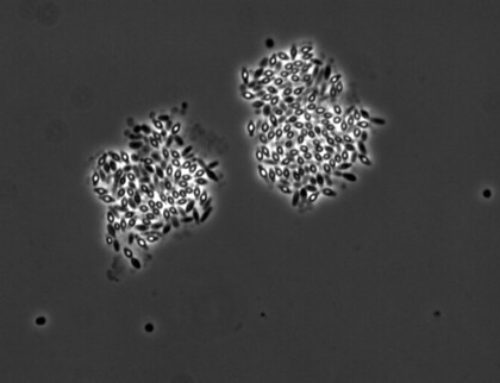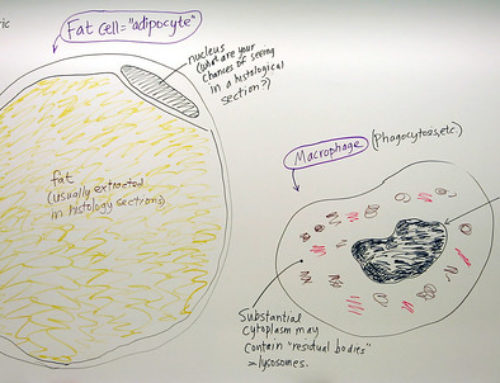Learning Objectives:
You should be able to:
- describe the major differences between eukaryotic and prokaryotic cells and explain why it is important to know the differences.
- use bacterial nomenclature properly.
- describe the phenotypic features used to classify bacteria.
- explain the difference between phenotypic and genotypic classification of bacteria and the advantages and limitations of each.
- describe how the Gram stain is done, what a Gram-negative vs. Gram-positive cell looks like microscopically, and how the Gram stain is used in clinical medicine.
- list the major structural features of bacteria and their functions in the bacterial cell and in disease production.
- describe the major structural differences between Gram-negative cells and Gram-positive cells.
- explain why some bacteria cannot be Gram-stained and describe the alternative methods that must be used to identify them.
- describe the basic structure of peptidoglycan and how lysozyme disrupts this structure.
- describe the basic structure of LPS and its role in disease production.
- describe the basic structure of teichoic acid and its role in disease production.
- describe the cellular location and functions of capsules, flagella, pili (fimbriae), and the glycocalyx and their roles in disease production.
- explain what spores are and describe the major properties of spores that relate to disease production and methods used for sterilization.
Reading Assignment:
P.R. Murray et al. 2005. Medical Microbiology, 5th edition. Elsevier/Mosby, Philadelphia, PA.
Chapter 2, Bacterial Classification
Chapter 3, Bacterial Morphology and Cell Wall Structure and Synthesis
OVERVIEW
Classification of organisms into groups with similar features provides a means of predicting the nature of all the members of the group. However, the extreme diversity of bacteria makes it difficult to classify them into clear-cut categories, and technological advances are changing the way we have classified many bacteria in the past, in addition to identifying new species. Understanding the similarities and differences between eukaryotic and prokaryotic cells is important because it provides the basis for developing effective and selective antibacterial agents. Understanding the structure of bacterial cells is critical for appreciating the variety of ways these organisms cause disease and has led to improved methods for clinical identification of bacteria





Leave a Reply